Optimize Lawn Health with Aeration Solutions
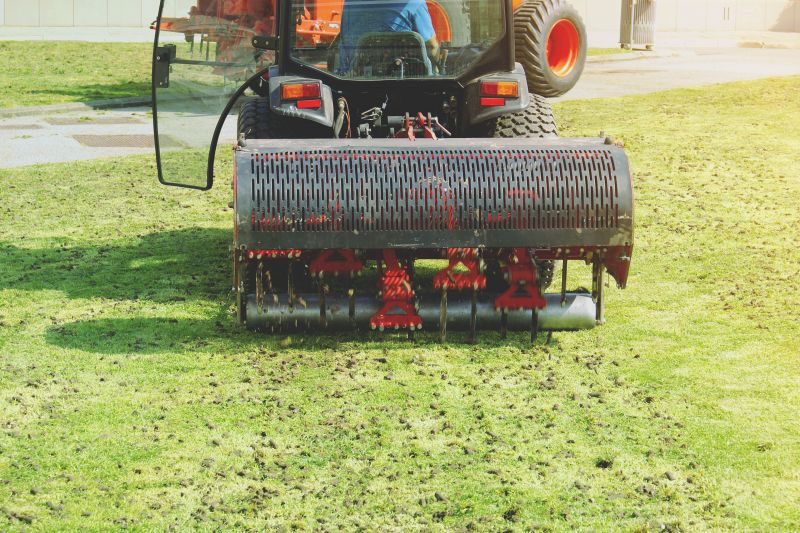
A professional uses specialized aeration equipment to perforate the soil in a residential yard.

Small holes are created in the lawn to improve soil health and grass growth.
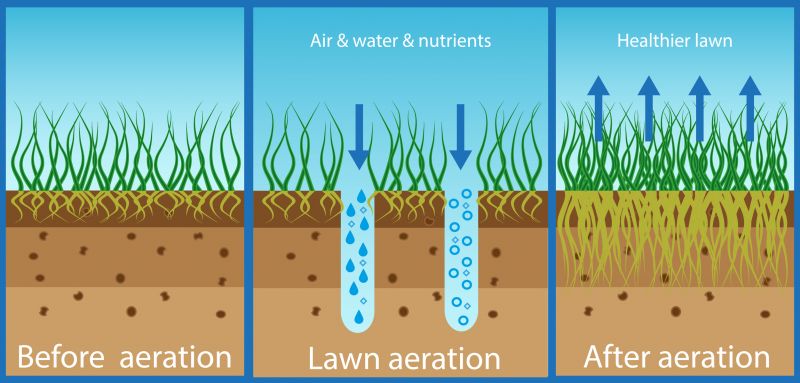
Comparison showing the lawn before and after aeration for optimal results.
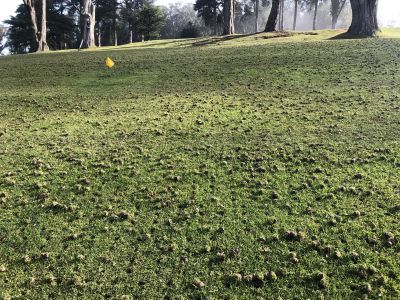
A technician prepares to perform aeration on a well-maintained residential lawn.
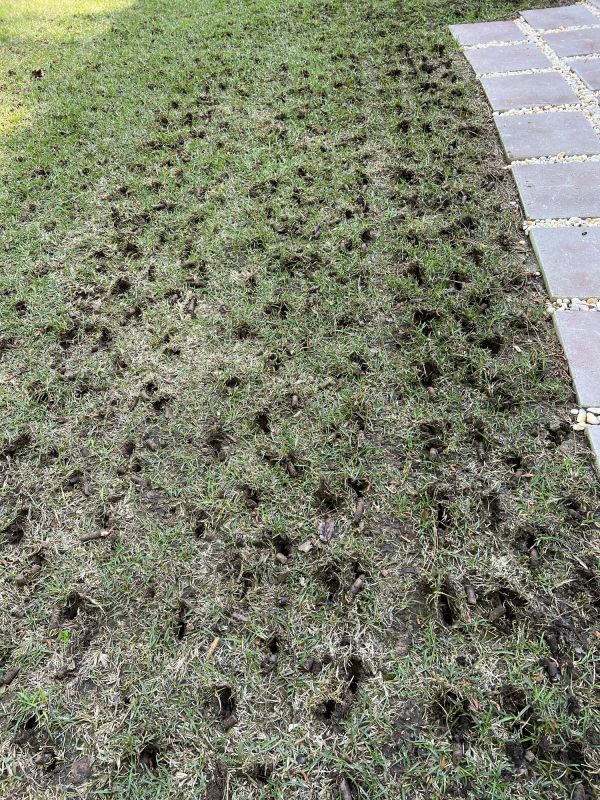
The lawn is being aerated to enhance soil permeability and grass health.
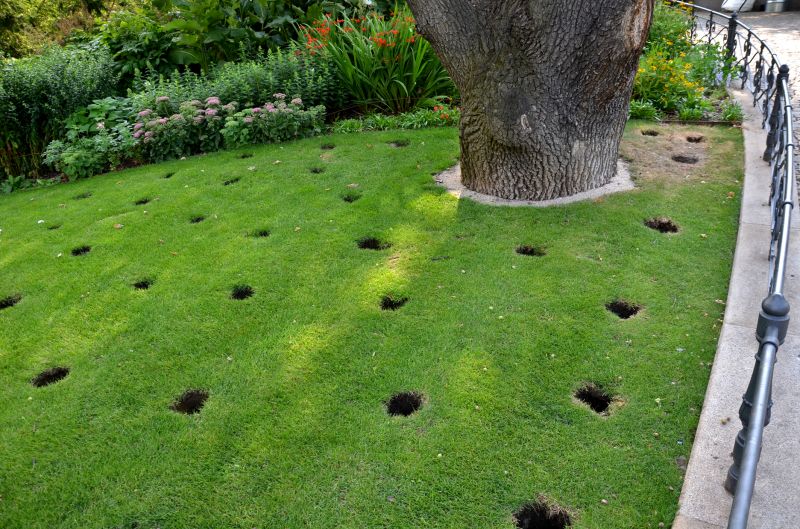
A lush, healthy lawn post-aeration, ready for fertilization and overseeding.
| Benefit | Description |
|---|---|
| Improves Soil Health | Creates channels that enhance air, water, and nutrient flow to roots. |
| Reduces Soil Compaction | Relieves compacted soil to promote better root growth. |
| Enhances Lawn Appearance | Results in a thicker, greener, and more uniform lawn. |
| Increases Water Absorption | Prevents runoff and ensures deeper watering. |
| Supports Overseeding | Provides ideal conditions for seed germination and growth. |
| Boosts Nutrient Uptake | Facilitates better absorption of fertilizers and nutrients. |

Close-up of aeration tines penetrating the soil.

A technician performs aeration on a residential lawn.

A healthy lawn after the aeration process.
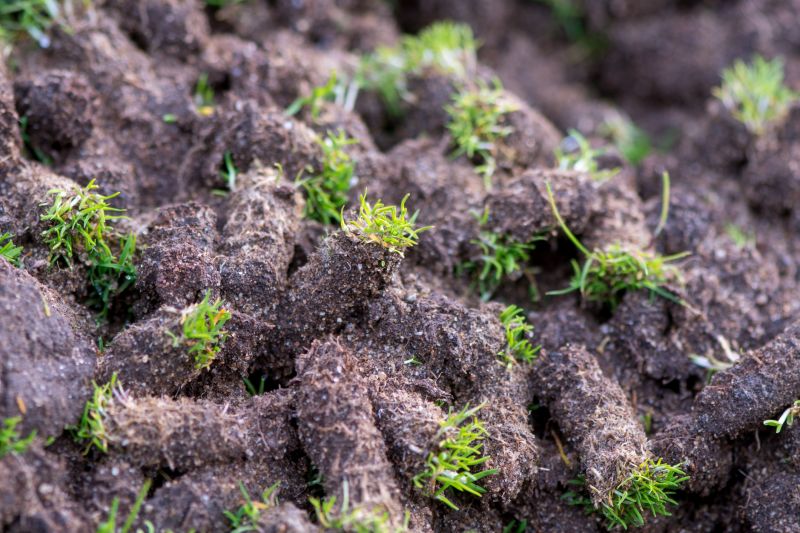
Visible holes left after aeration to improve soil conditions.
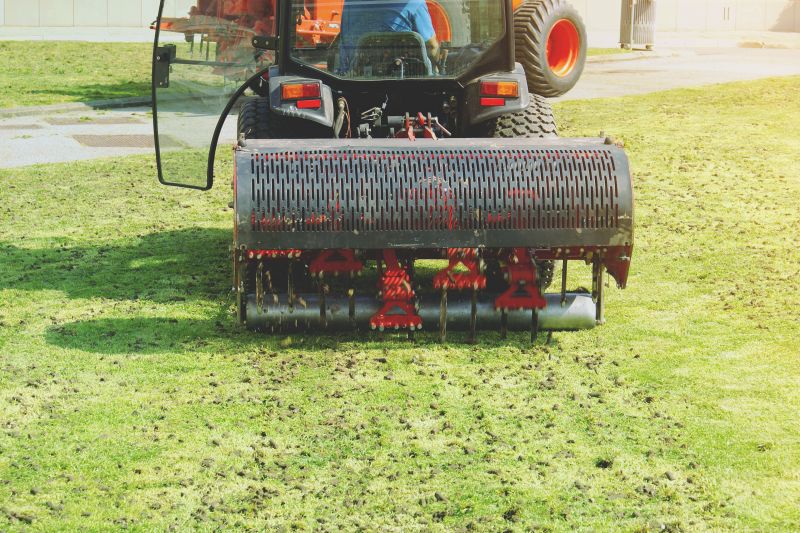
Preparing the lawn for aeration to maximize benefits.
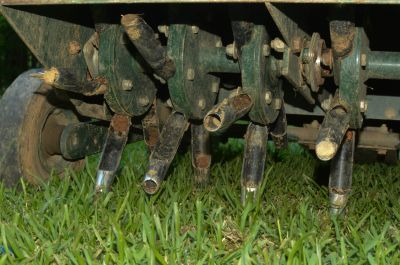
Setting up aeration machinery for residential service.
Lawn aeration typically involves removing small plugs of soil from the ground using specialized equipment, such as core aerators. The process begins with a thorough assessment of the lawn’s soil condition and compaction levels. The aerator is then systematically moved across the yard, creating uniform holes that allow air, water, and nutrients to reach the grassroots more effectively. After aeration, it is common to overseed or fertilize to further improve lawn health. Proper timing, usually during active growing seasons, ensures optimal results. The process is generally quick and minimally disruptive, leaving the lawn ready for subsequent care routines. Regular aeration can help maintain a resilient and vibrant lawn over time.
Hiring a residential lawn aeration landscaper ensures that the process is performed efficiently and effectively, with attention to the specific needs of the yard. Professionals have access to commercial-grade equipment and possess the expertise to avoid damaging the lawn while maximizing benefits. They can identify soil issues that may require additional treatment and recommend appropriate follow-up care. Professional aeration also minimizes disruption to the landscape and ensures even coverage across the entire yard. For homeowners seeking a healthy, lush lawn, engaging a skilled landscaper for aeration can lead to better long-term results and less hassle. This service is especially valuable for lawns with heavy foot traffic or compacted soils that need targeted attention.
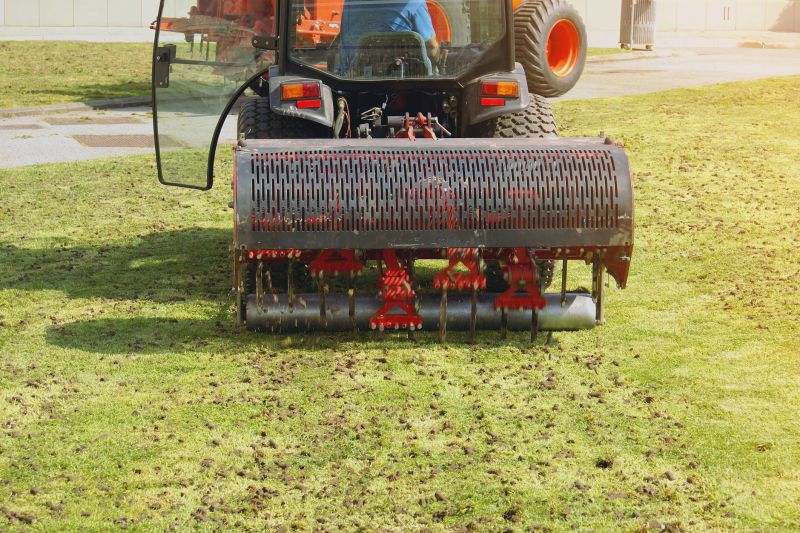
A professional performing core aeration on a residential lawn.

Close-up of aeration tines creating soil plugs.
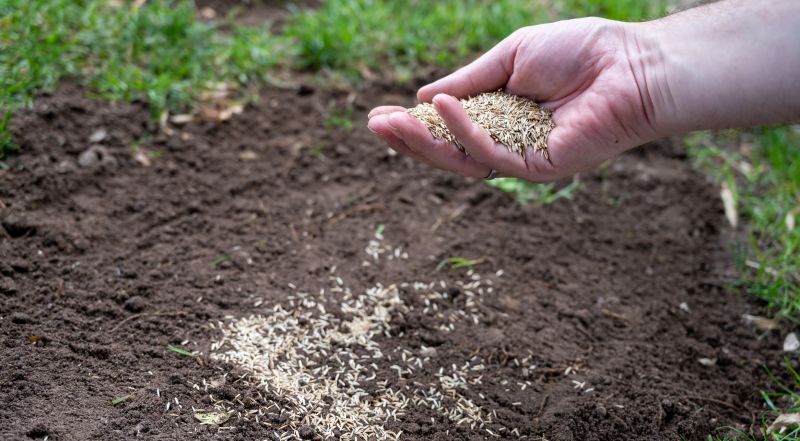
A well-aerated lawn ready for overseeding or fertilizing.

Professional equipment used for residential lawn aeration.

A landscaper performs aeration on a lush residential lawn.
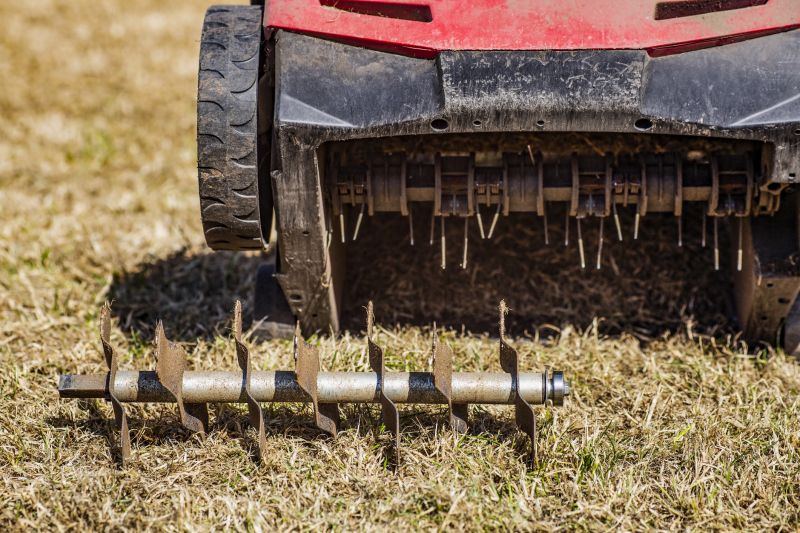
A healthy, aerated lawn ready for further treatment.
Regular lawn aeration is a key component of effective yard maintenance, helping to alleviate soil compaction and improve grass growth. The process involves carefully removing soil plugs to create pathways for air, water, and nutrients to reach the roots. Timing the aeration during active growth periods ensures the lawn can recover quickly and benefit fully from subsequent fertilization and overseeding. Professional landscapers use specialized equipment to achieve even and thorough aeration, minimizing disruption. The results include a more vigorous, greener, and resilient lawn that can better withstand environmental stresses. Routine aeration supports long-term lawn health and reduces the need for frequent corrective treatments.
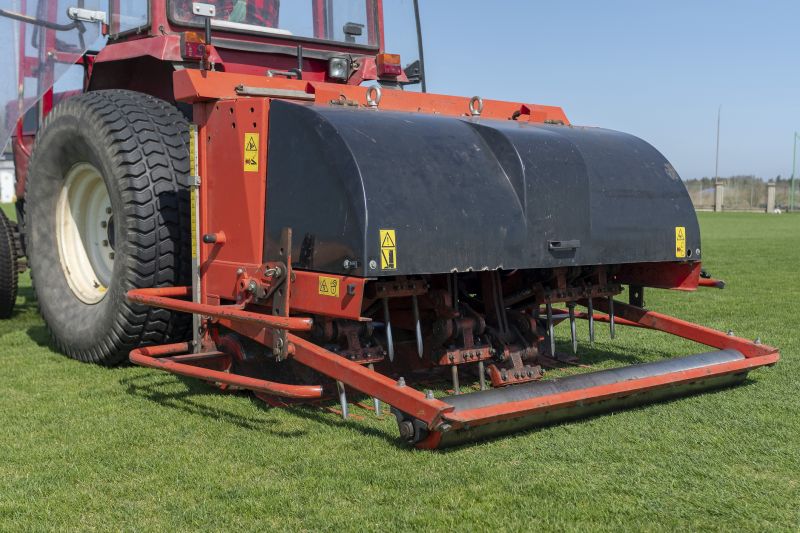
Professional-grade aeration tools on a residential property.

A landscaper systematically performs soil perforation.

A lush, aerated lawn prepared for ongoing care.
Maintaining a healthy lawn requires periodic aeration to prevent soil compaction and promote grass vitality. The process involves creating small, evenly spaced holes in the soil to enhance airflow, water penetration, and nutrient absorption. Timing is important; aeration is most effective during the active growing season when the grass can recover quickly. Professional landscapers utilize specialized equipment to ensure thorough coverage and minimal disturbance. After aeration, additional treatments like overseeding or fertilization can be applied to maximize lawn density and color. Regular aeration helps sustain a resilient and attractive yard that can better withstand environmental stresses and foot traffic.
To achieve the best results in lawn health and appearance, it is advisable to hire a residential lawn aeration landscaper. Professionals have the expertise to evaluate soil conditions and customize the aeration process accordingly. Their experience ensures even coverage and avoids common issues such as over-aeration or damage to existing grass. Additionally, landscapers can recommend complementary services like overseeding or fertilization, which work synergistically with aeration. This approach reduces homeowner effort and increases the likelihood of a thriving, lush lawn. Investing in professional aeration services supports long-term landscape beauty and durability, making it a valuable part of regular yard maintenance.
